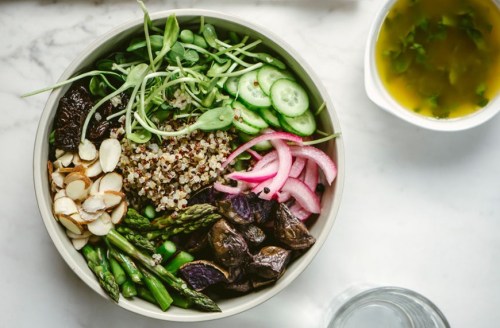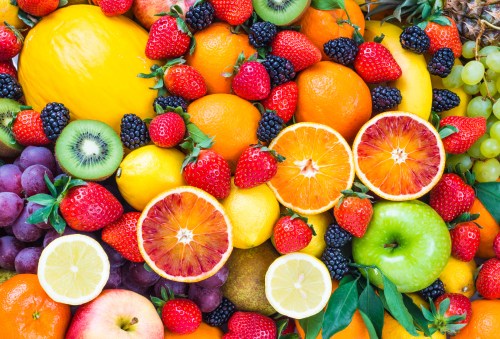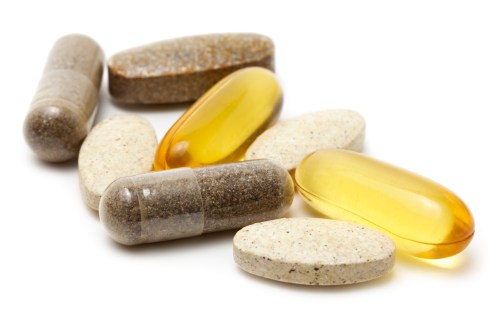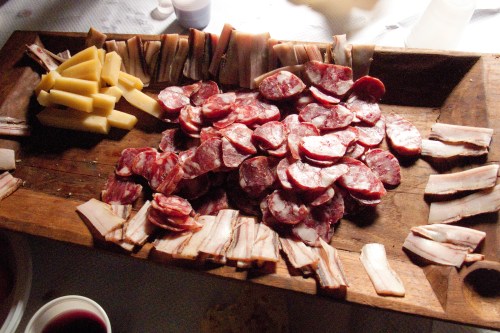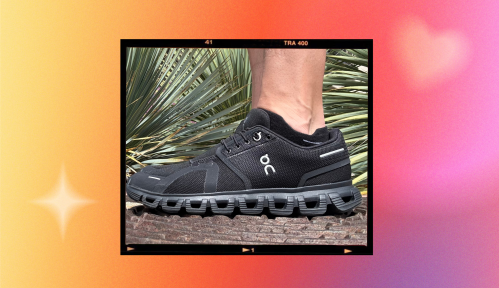Corn (except for organic corn on the cob, which is then a vegetable), white rice, and wheat are the most popular grains in the world—and they’re also the three picks Mark Hyman, MD, would never add to his grocery cart. One reason to limit your consumption of these grains is that each variety consumes a lot of resources, including water, fossil fuels, and fertilizer. “Cutting down on your consumption of ubiquitous starches protects your health and improves you microbiome,” writes Dr. Hyman on Instagram. (However, that’s not to say you shouldn’t eat any of these ingredients under all circumstances. In fact, in case you’re wondering, is corn good for you? Most dietitians believe so.)
Dr. Hyman’s go-to grains are always gluten-free and pseudograins in their “natural, whole, fresh state”: millet, buckwheat, amaranth, quinoa, rice (only black, wild, red, or brown), and teff. “Even if you don’t have celiac disease, it’s best to avoid gluten as much as possible,” he writes. “Sometimes, when you consume it, it can confuse your immune system, setting off a cascade [of] issues.”
It’s best to stick to a maximum serving size of 1/2 cup a day, once a day, says Dr. Hyman. (So much for my current eat-grains-all-day habit.) “We need to recognize grains for what they are—treats. I see them as an occasional indulgence, but not an everyday thing,” he says. “They can easily be served as side dishes, cooked in water or broth, and flavored with whatever vegetables, herbs, and spices you prefer,” he notes. Epic grain bowls, here I come.
Meet the ancient grain that could seriously strengthen your hair. Then, maybe add it into your this grain bowl a Queer Eye star wants you to cook.
Sign Up for Our Daily Newsletter
Get all the latest in wellness, trends, food, fitness, beauty, and more delivered right to your inbox.
Got it, you've been added to our email list.
